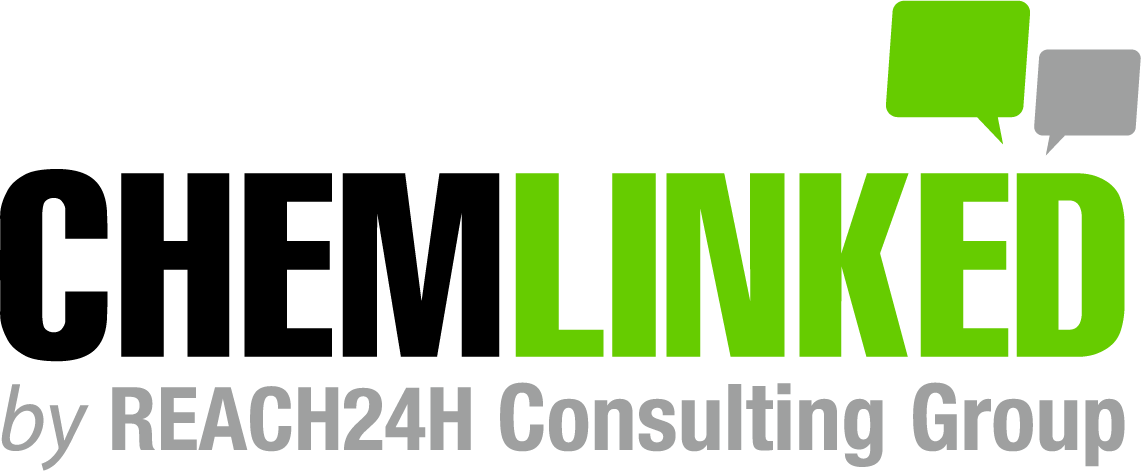From January to December 2023, Japan Pharmaceuticals and Medical Devices Agency (PMDA) revealed 86 recall notifications for cosmetics and quasi-drugs. The recalls were attributed to various reasons, including labeling issues such as incorrect or missing labels. Other factors observed were "foreign matter contamination," "incorporation of ingredients not mentioned in the ingredient list," "inclusion of ingredients not permitted by standards," and "product leakage," among other causes related to manufacturing process.
Recalled Cosmetics and Quasi-drugs
In 2023, there are 64 unqualified recalls for cosmetics, as well as 22 unqualified recalls for quasi-drugs, covering a total of 154 related products. The majority of these products fell under Class II, which refers to situations where the use of the product could potentially cause temporary or medically treatable health damage, or situations where the use of the product is unlikely to cause serious health damage.
 For the recalled cosmetics, unqualified labeling (69%) was the primary reason. Within this category, two labeling factors were frequently found to be non-compliant: ingredient information and product sales name.
For the recalled cosmetics, unqualified labeling (69%) was the primary reason. Within this category, two labeling factors were frequently found to be non-compliant: ingredient information and product sales name.
 For the recalled quasi-drugs, ingredient issue (50%) was the main cause, followed by unqualified labeling (23%), accounting for one-fourth of the overall recalls.
For the recalled quasi-drugs, ingredient issue (50%) was the main cause, followed by unqualified labeling (23%), accounting for one-fourth of the overall recalls.

Corresponding Compliance Requirements for Products Recalled in 2023
1. Label
Cosmetics and quasi-drugs have their own mandatory labeling requirements. Please refer to the table below:
Labeling Items | Cosmetic | Quasi-drug |
The name and address of the manufacturer or importer | √ | √ |
The words "Quasi-drug (医薬部外品)" | X | √ |
Product name | √ | √ |
Manufacturing number or manufacturing mark | √ | √ |
Net content such as weight, capacity, or number | √ | √ |
Labeling of ingredients | Full ingredients | Designated ingredient (including active ingredient) |
Validity period | √ | √ |
The name and country of residence of the person with the foreign manufacturing license, and the name and address of the domestic manager | √ | √ |
Warning information | √ | √ |
According to statistics, nearly half of the cosmetics recalled due to non-compliant labeling were a result of either not labeling all the ingredients or incorrect labeling of ingredient names. Stakeholders can refer to the Japanese version of the "List of Cosmetic Ingredient Label Names" compiled by the Japan Cosmetic Industry Association (JCIA), which serves as a reference for companies to standardize the Japanese names of ingredients.
2. Ingredient
In Japan, cosmetics ingredients are regulated through four positive lists and one negative list. Stakeholders can refer to the Standards for Cosmetics to access these lists and ensure compliance with the regulations. This helps prevent the use of prohibited ingredients or the exceeding of the permitted quantity of ingredients.
As for quasi-drugs and their ingredients, Japan maintains a stringent approval system through multiple positive lists, focusing the efficacy, safety and quality specifications of the ingredients. An ingredient must be declared according to specific standards if it is not listed.
3. Approval
For both cosmetics and quasi-drugs, imported products require a Marketing License. It is important to note that for activities such as packaging, labeling, and storage, enterprises must obtain a Manufacturing License to proceed.
ChemLinked Suggestion
In Japan, cosmetics used on the skin are subject to strict quality control. Implementing effective measures to prevent product recalls is crucial to avoid various negative consequences for businesses. To be more specific, the costly process of retrieving and replacing defective products, reduced competitiveness in the market, the degradation in product reliability and ultimately a decrease in sales and profits.
Therefore, ChemLinked recommends that enterprises prioritize quality control and preventive measures to reduce the risk of product recalls, and mitigate the potential adverse effects on business operations. Specific measures involve:
Enhancing Good Quality Practice (GQP) /Good Vigilance Practice (GVP): Strengthen the quality assurance system to ensure that products meet the required standards. This includes implementing robust quality control processes and conducting regular audits to identify and address any potential issues.
Improving manufacturer oversight: Enhance communication and information exchange with manufacturers on a daily basis. Conduct regular on-site visits to assess manufacturing processes, identify areas for improvement.




 We provide full-scale global cosmetic market entry services (including cosmetic registering & filing, regulatory consultation, customized training, market research, branding strategy). Please contact us to discuss how we can help you by
We provide full-scale global cosmetic market entry services (including cosmetic registering & filing, regulatory consultation, customized training, market research, branding strategy). Please contact us to discuss how we can help you by 








